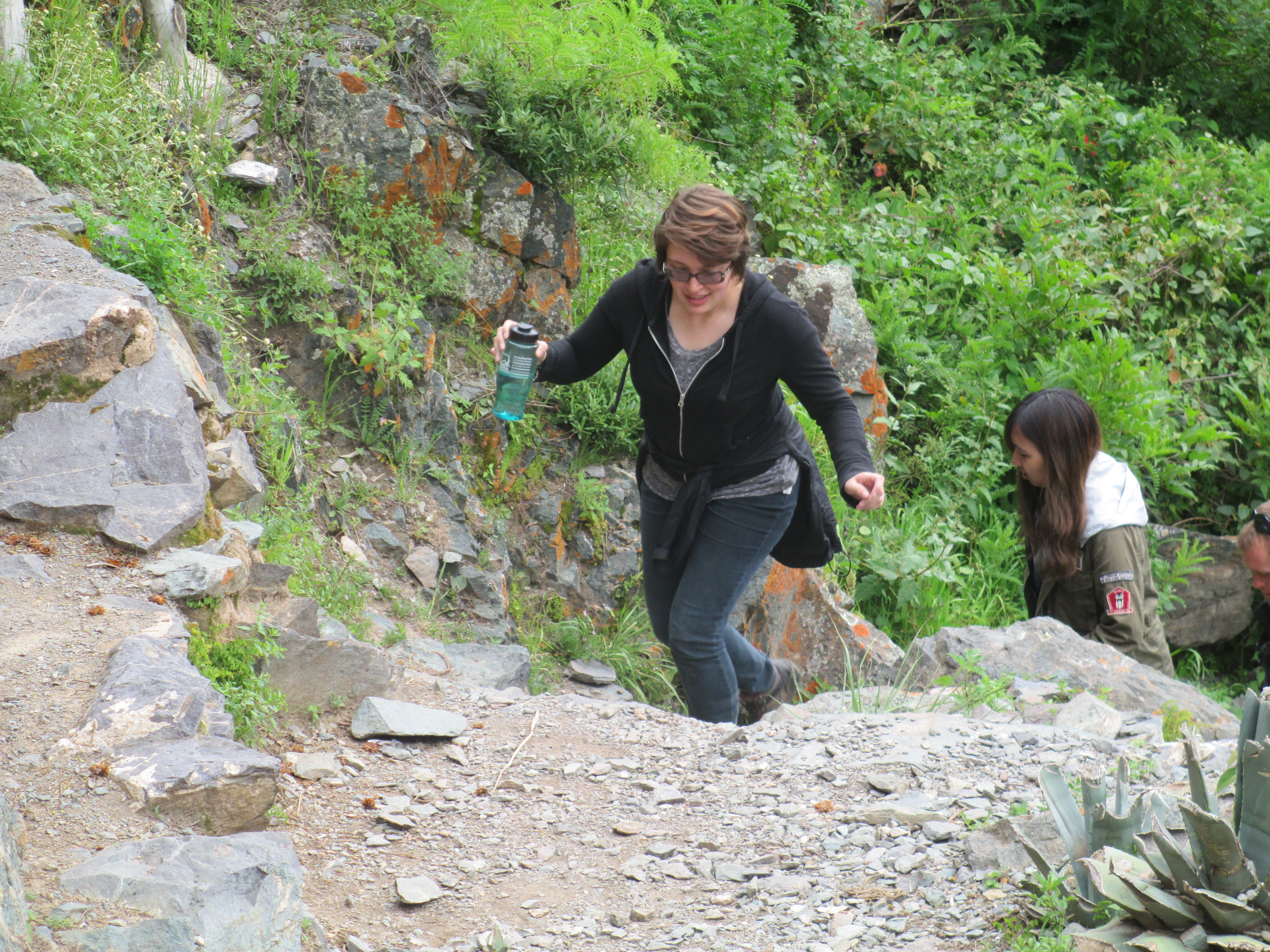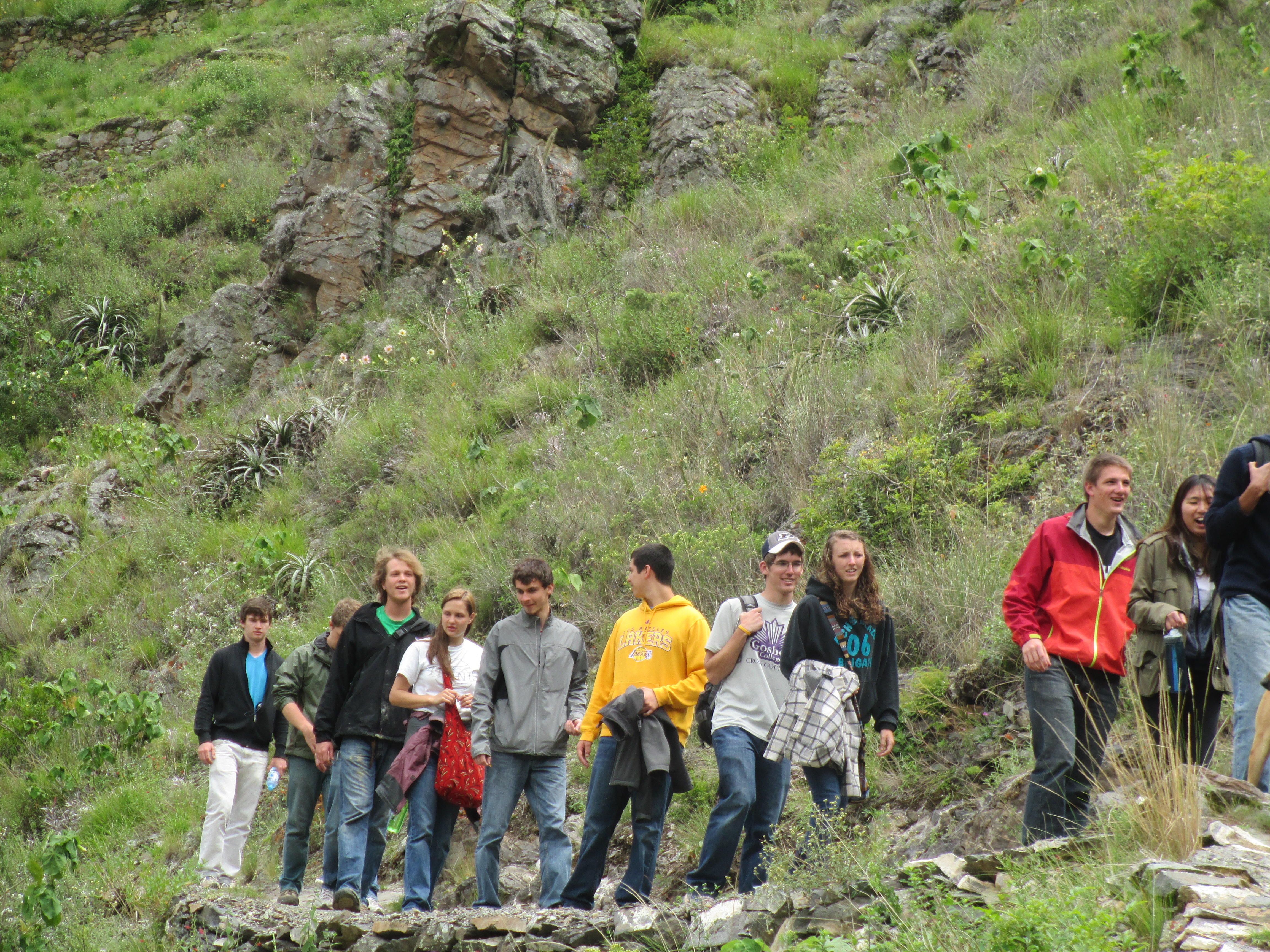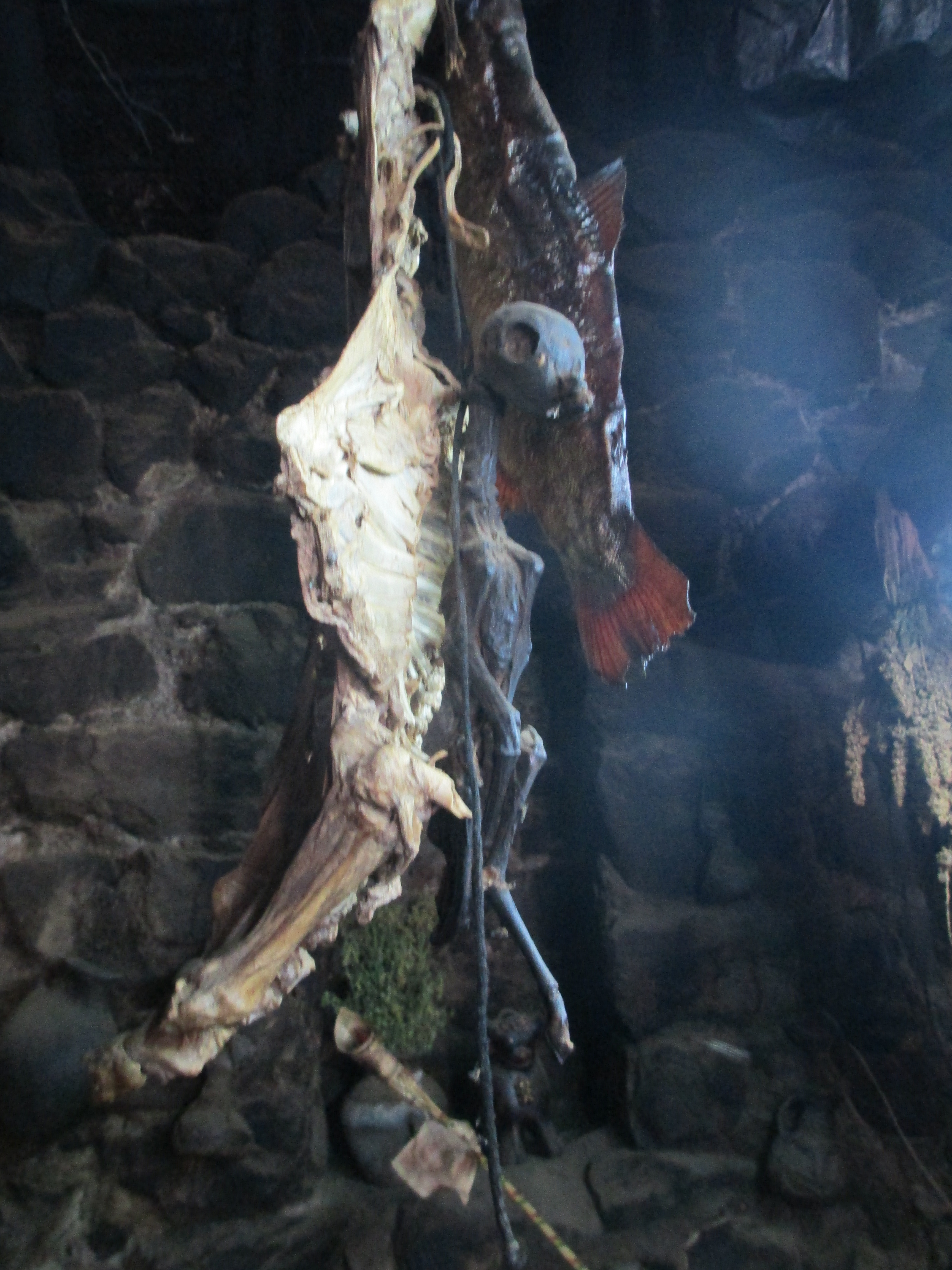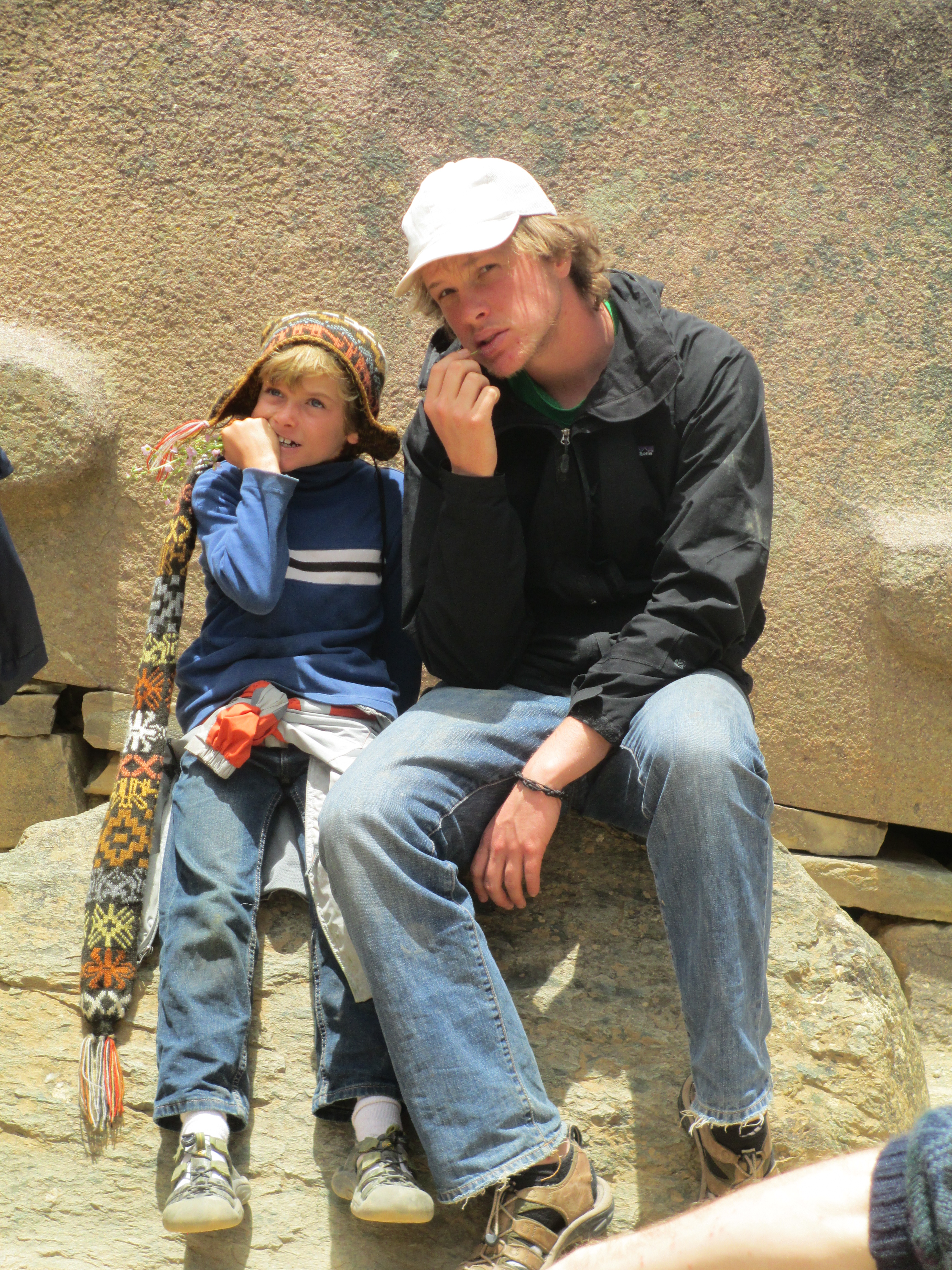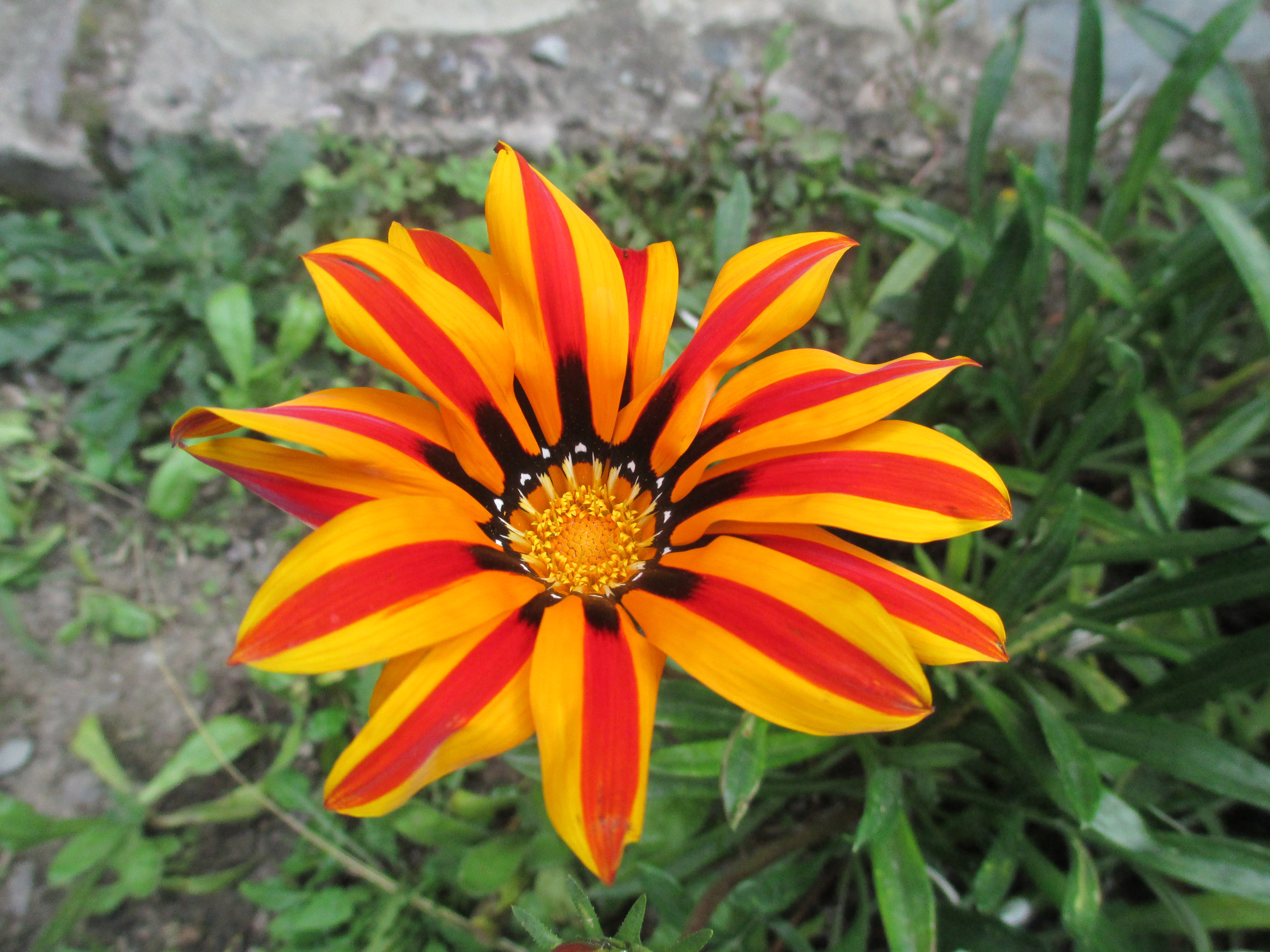Rocks and Flowers
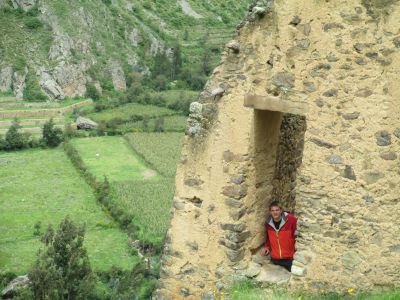
The rocks were cut, polished and placed here centuries ago. The flowers, on the other hand, were fresh, the product of mid-summer rains that water the hillsides each year. Ollantaytambo is a mix of old and new. The main draw is a huge fortress, fashioned by Inca leaders as a defense against invaders and a place for rest and refreshment in the center of what local people call the Sacred Valley. On the other side of the valley, perched against steep hillsides, are seldom-visited colcas (storehouses), where provisions ranging from dried potatoes to leather sandals were stored away as a hedge against drought or disaster. The stone-lined streets and ancient houses have been occupied since the 1400’s, perhaps much longer, making this town one of the oldest continuously-inhabited urban centers in the valley.
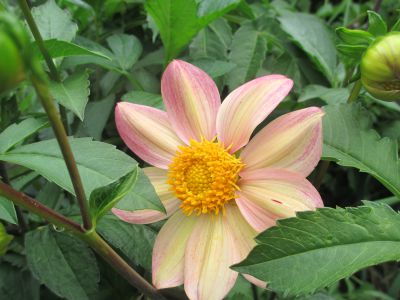
Today, Ollantaytambo is a hub of activity — visitors making the trek to famed Machu Picchu board trains here for a two-hour journey down a road-less section of the Urubamba River Valley. Our group spent a night resting at the family-operated Las Portadas Inn. The weather is warmer here than in most of the Andes due to its relatively low elevation (2,800 meters, or about 9,000 feet) and placement in a protected valley. And, despite the thousands of people who pass through here each day to catch the train, the village retains a sort of medieval charm.



